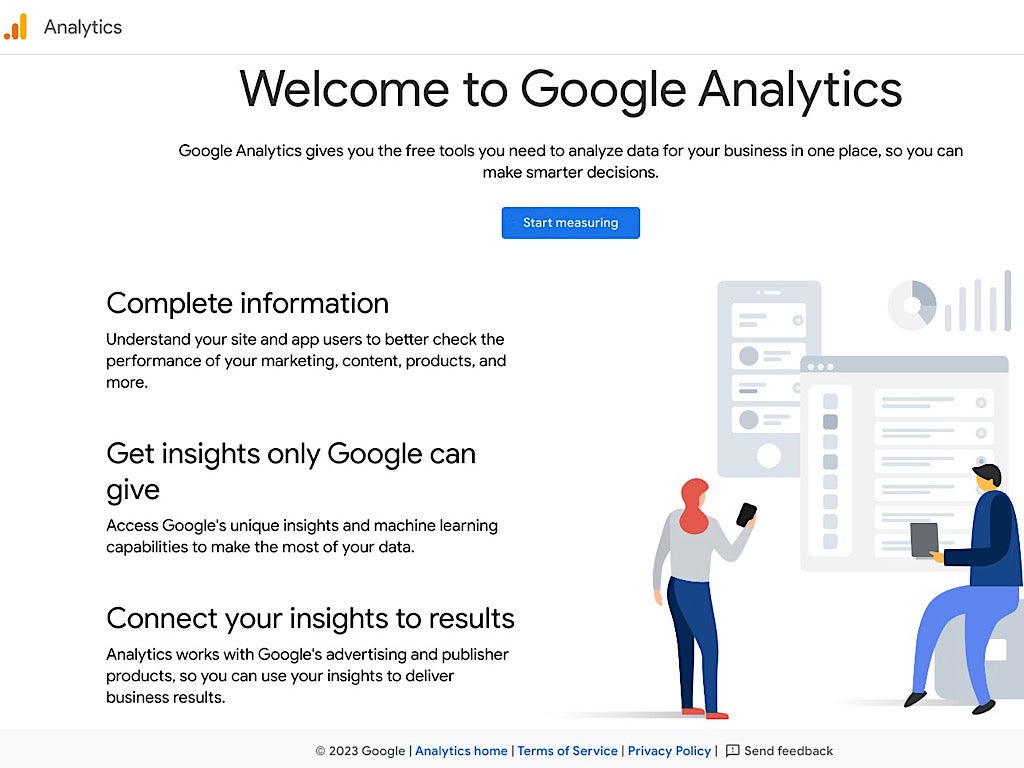
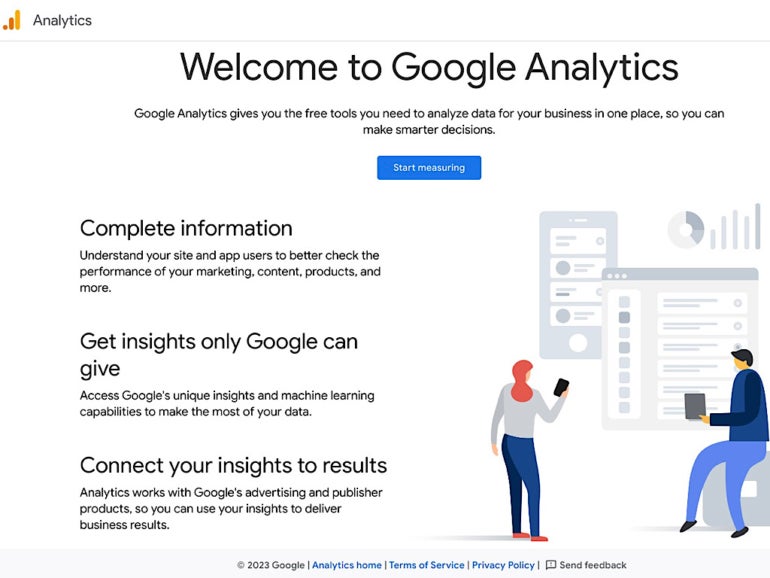 Image: Andy Wolber/TechRepublic When you link Google Analytics 4 to a Google Website, you acquire a consistent stream of information about how visitors behave when they visit your site. Analytics can assist you comprehend the number of individuals check out, which pages they see the most and what path they take through the website. You may use that details to modify navigation or content.
Image: Andy Wolber/TechRepublic When you link Google Analytics 4 to a Google Website, you acquire a consistent stream of information about how visitors behave when they visit your site. Analytics can assist you comprehend the number of individuals check out, which pages they see the most and what path they take through the website. You may use that details to modify navigation or content.
Dive to:
What is Google Analytics 4?
Google Analytics 4 is Google’s the majority of contemporary site and app analytics using; it changed Universal Analytics on July 1, 2023. The tool permits an administrator to evaluate how individuals connect with websites and mobile applications. Analytics can assist designers, developers and supervisors make data-informed modifications to sites and apps.
How to establish Google Analytics 4
Open a desktop-class web browser, such as Chrome, on a computer system to https://analytics.google.com and check in or change to the Google account you want to use to produce and manage your Google Analytics data. The list below steps presume you have actually not yet created an Analytics account.
1. Produce an account
Get in an account name (Figure A), which could be the name of your business.
You can customize the Account Data Sharing Settings to control whether you want to allow data sharing with:
- Google services and products.
- Modeling contributions and company insights.
- Technical support.
- Account professionals.
After you finish this step, scroll to the bottom of the screen and choose the Next button.
Figure A
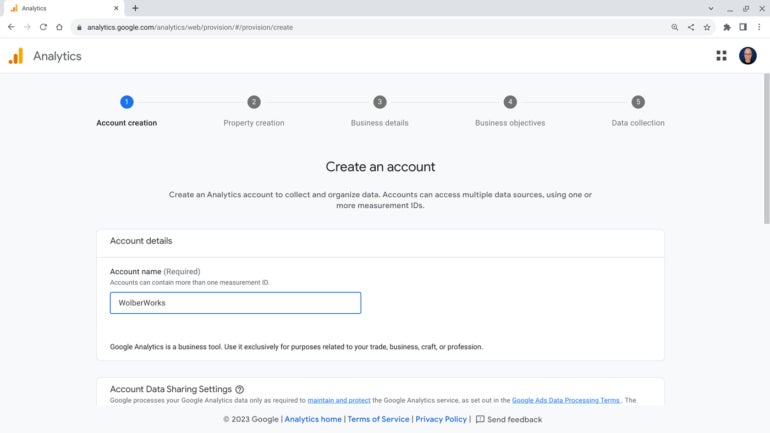 Get In an Account Name and select Account Data
Get In an Account Name and select Account Data
Sharing options. 2. Create a property In this circumstances, think about a residential or commercial property as a distinct resource that can hold analytics data. To produce a new home, go into 3 pieces of data: Home Call, Time Zone and Currency (Figure B).
- Property name: A residential or commercial property can collect data not only for a website but likewise for apps. Generally, a residential or commercial property name may be associated with a specific brand, item, line or website name. While a property might gather data for a single website, it might also do so for several websites and apps.
- Time zone: For a small business, this might be the time zone of the business place. For a big business with many areas around the globe, you may think about using GMT (e.g., United Kingdom GMT), likewise referred to as UTC, to simplify and standardize comparisons across properties in various places.
- Currency: Select the pertinent currency for the home. (No cryptocurrencies such as Bitcoin are supported.)
Scroll to the bottom and choose Next to proceed.
Figure B
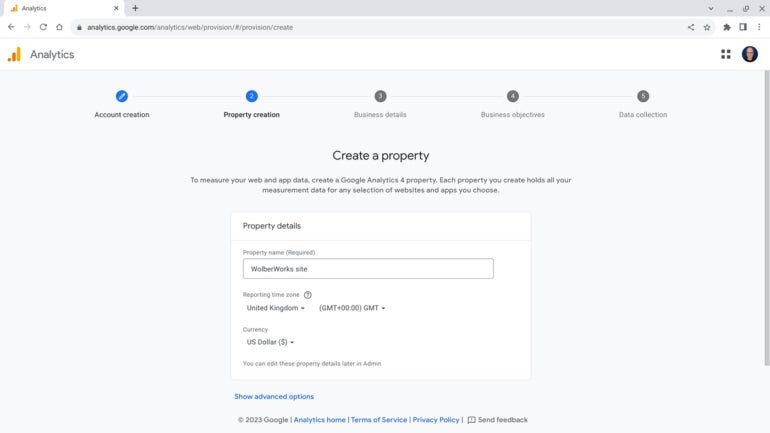 Get In a Property Name, choose a Time Zone and
Get In a Property Name, choose a Time Zone and
specify a Currency. 3. Explain your company Select a Market Category from the drop-down list and pick a Service Size (i.e., Small, Medium, Large or Large ). Both entries are needed (Figure C). Go into the information, and after that choose Next.
Figure C
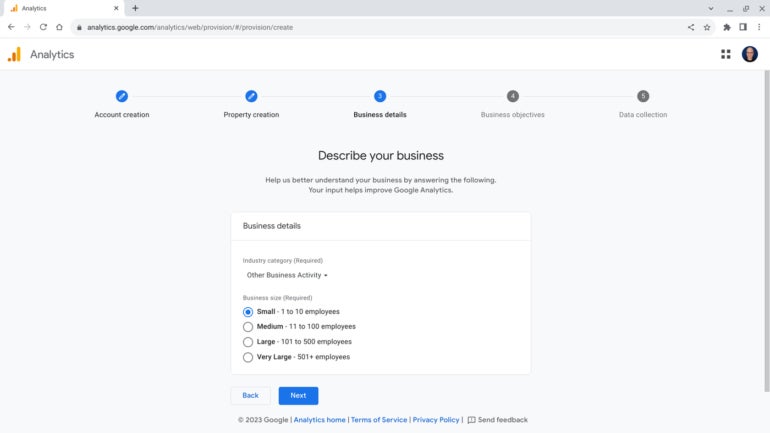
Select a Market Classification and Service Size. 4. Select your business objectives Select a minimum of one of the subjects(Figure D )to assist personalize analytics reporting. While you might select any of the first 4 in any preferred combination, the last option, Get Baseline Reports, can not be selected with any other item. Select from:
- Produce leads.
- Drive online sales.
- Raise brand awareness.
- Examine user behavior.
- Get standard reports.
Select the Develop button to continue. If prompted, review the provided terms and conditions, and after that, if you concur, pick the suitable checkboxes and the I Accept button.
Figure D
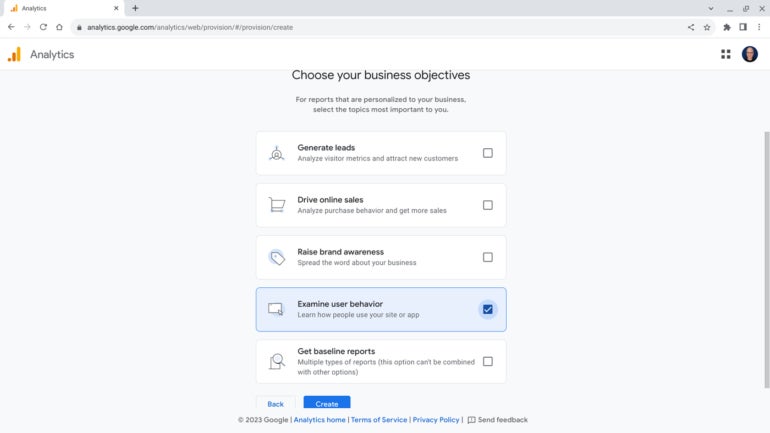 Select organization objectives. 5. Add an information stream Next, you may specify a data stream. In this case, choose Web( Figure E )considering that we prepare to analyze data from a website.(You might pick Android App and iOS App if you also need to examine data from apps; the setup of those details is outside the scope of this short article.)
Select organization objectives. 5. Add an information stream Next, you may specify a data stream. In this case, choose Web( Figure E )considering that we prepare to analyze data from a website.(You might pick Android App and iOS App if you also need to examine data from apps; the setup of those details is outside the scope of this short article.)
Figure E
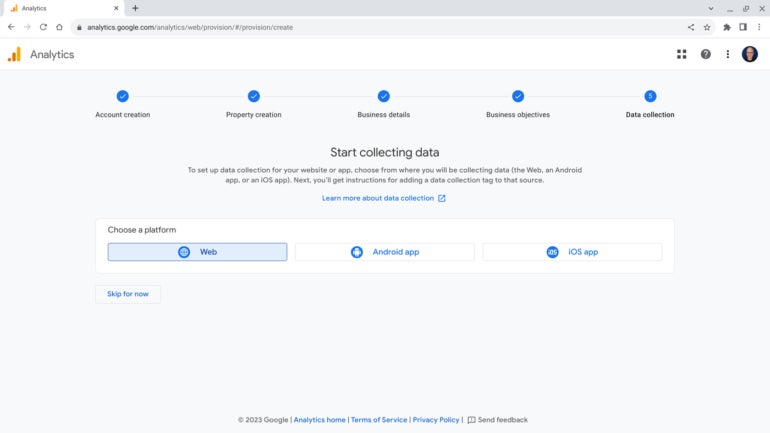 Select one or more platforms. To track analytics for a Google Website, choose Web.
Select one or more platforms. To track analytics for a Google Website, choose Web.
Choose one or more platforms. To track analytics for a Google Site, choose Web. In the panel that displays, enter your website URL and a corresponding stream name (Figure F). Optionally, you might likewise pick whether to leave the Boosted Measurement slider allowed. For the greatest insight into habits on your website, leave this slider on; if your website may convey personally identifiable sensitive details, you might want to turn it off.
Figure F
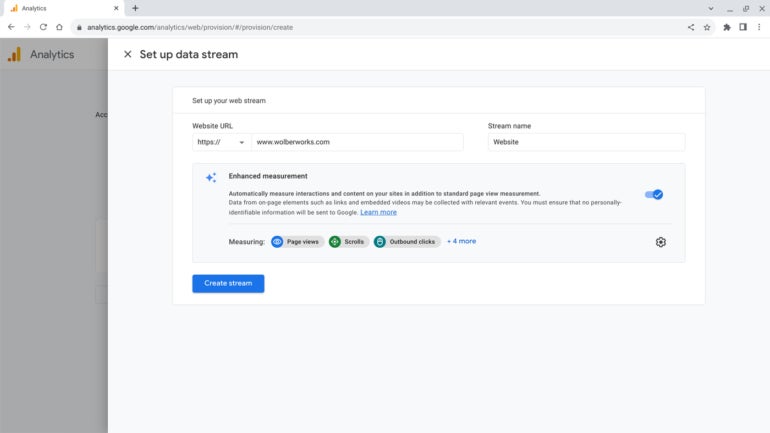 Enter the website URL of your Google Site, together with a practical stream name.
Enter the website URL of your Google Site, together with a practical stream name.
Select the Produce Stream button to complete this phase of the Analytics setup. The system will display the details for the web stream you just developed, consisting of the site name and URL, along with the Stream ID and Measurement ID(Figure G). You will need the Measurement ID in the next action, so you may want to compose it down or
copy it. Figure G The system will display a Measurement ID. Copy this, take an image or compose it down as you will need it in a subsequent step.
The system will display a Measurement ID. Copy this, take a photo or write it down as you will need it in a subsequent action.
How to add Google Analytics 4 to a Google Site
To include Google Analytics 4 to a Google Site, you’ll need to be either an Owner or an Editor of the Google Site. If you are, go to https://sites.google.com and select the Google Website you wish to link to your just recently created Analytics web data stream.
- Select Settings at the upper right (Figure H).
Figure H
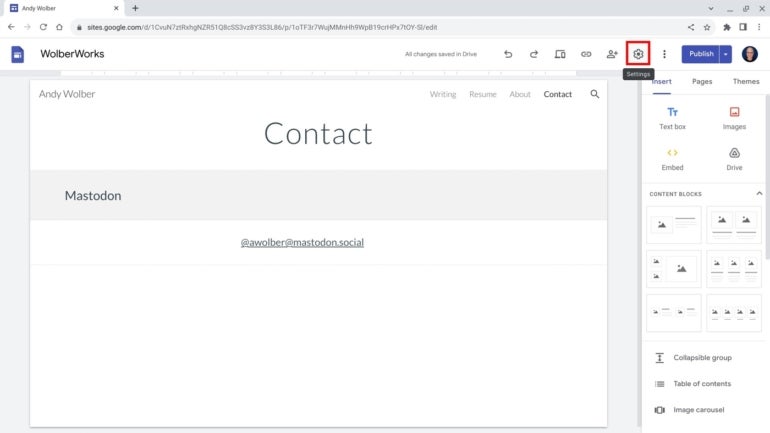 Sign in to your Google Website as an Owner or an Editor, and then select Settings. Select Analytics. Get In the Measurement ID in the box and ensure the Enable Analytics slider is on(Figure I). Figure I Enter the Measurement ID in the Analytics box and allow the Analytics slider. Close the Settings box by choosing the x in the upper right corner.
Sign in to your Google Website as an Owner or an Editor, and then select Settings. Select Analytics. Get In the Measurement ID in the box and ensure the Enable Analytics slider is on(Figure I). Figure I Enter the Measurement ID in the Analytics box and allow the Analytics slider. Close the Settings box by choosing the x in the upper right corner.
- Analytics will right away be allowed; nevertheless, it might take as much as a complete day for data
from the stream to display in your Google Analytics account. How to access Google Analytics 4 information A minimum of 24 hours after you added the Measurement ID into the Analytics section of your Google Site, check to make
sure that data is flowing from your Site to Analytics. To do this, go back to https://analytics.google.com. The initial screen ought to display current Analytics information for your website (Figure J). (If you have Analytics accounts or homes, you might require to select your site from the account menu at the top of the screen. )In time, as more information builds up, you will be able to evaluate reports and check out actions to much better understand how people experience your website. Figure J< img src= "https://www.techrepublic.com/wp-content/uploads/2023/08/j-confirmed_active-770x433.jpg "alt ="Home dashboard screenshot."width ="770" height= "433 "/ > After at least 24 hr, check in to Analytics to make certain visitor data from your website is flowing
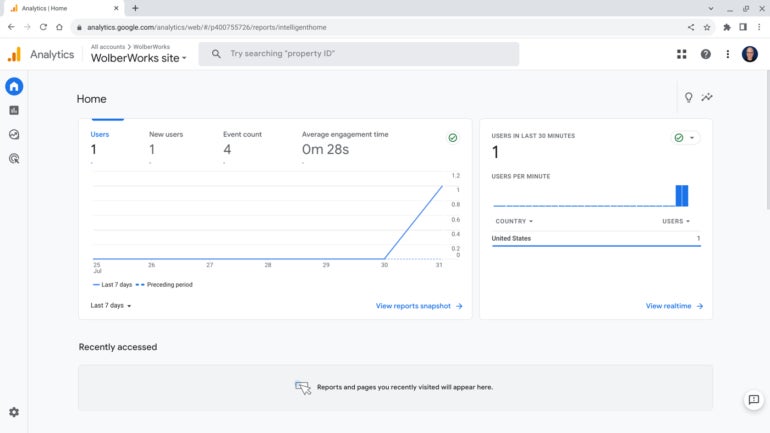 as expected. To make any modifications or create other accounts or residential or commercial properties, choose the Admin icon( i.e., the gear
as expected. To make any modifications or create other accounts or residential or commercial properties, choose the Admin icon( i.e., the gear )in the lower left corner of the display screen(Figure K). Within the Home information, for example, you may examine the Setup Assistant to troubleshoot problems, along with handle Home Settings and explore Information Streams. Figure K To manage and customize settings, select the Admin button at the lower left.
As soon as set up, Google Analytics 4 will collect information about visitor activity on your Google Website. Make sure to evaluate your Site’s Analytics information regularly. Depending on the visitor traffic levels, this might be a quarterly, month-to-month or weekly job.


